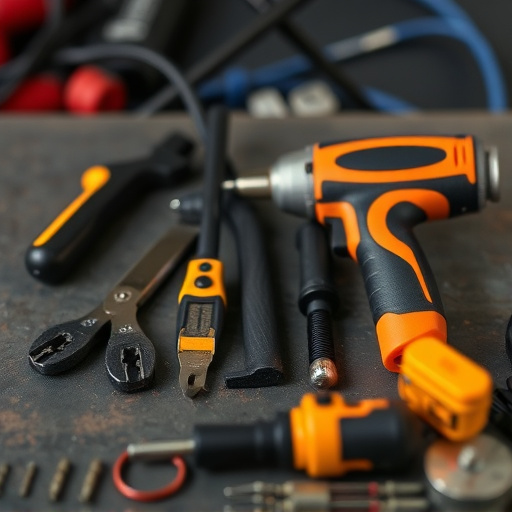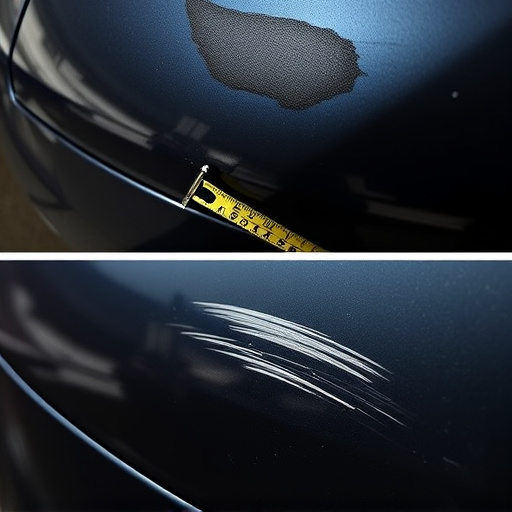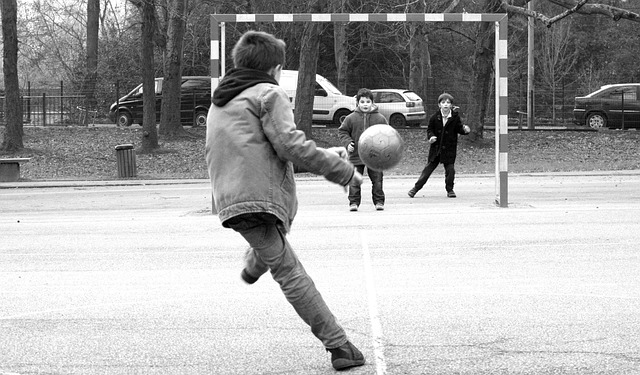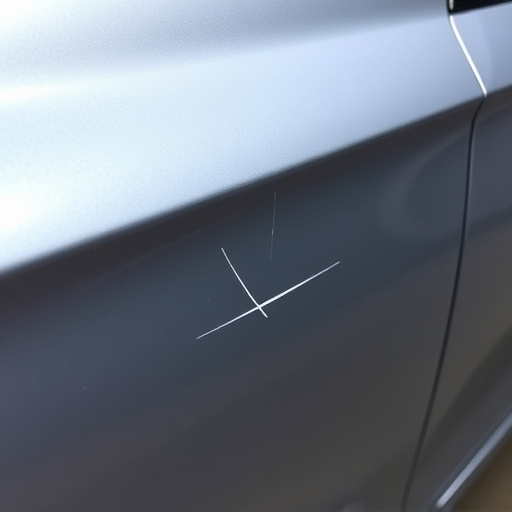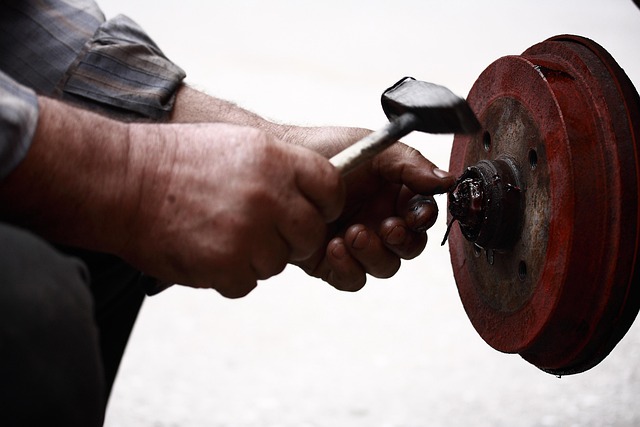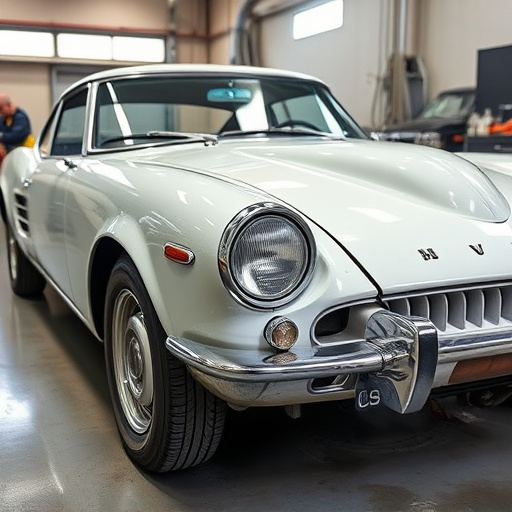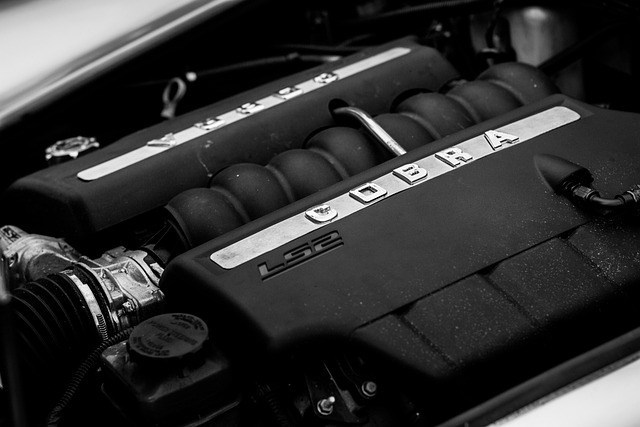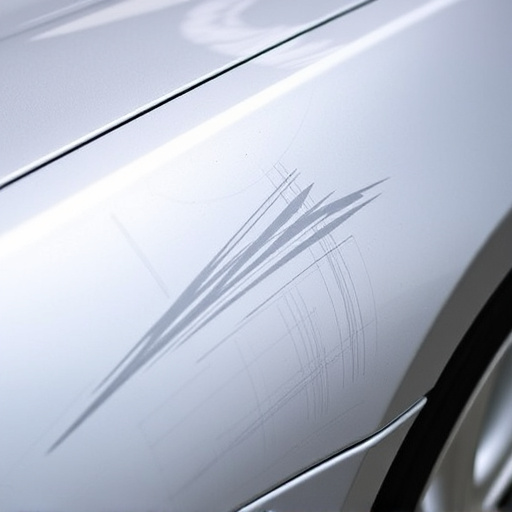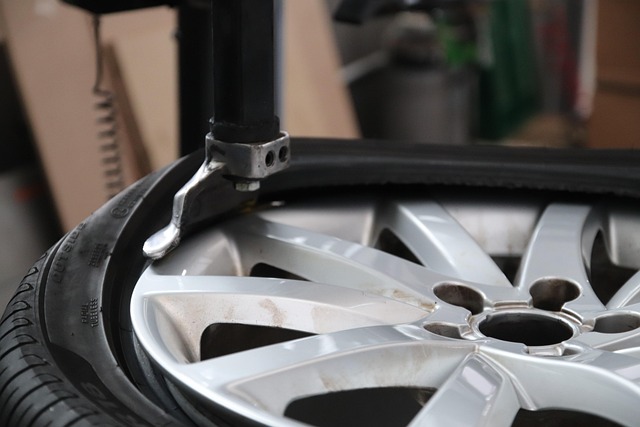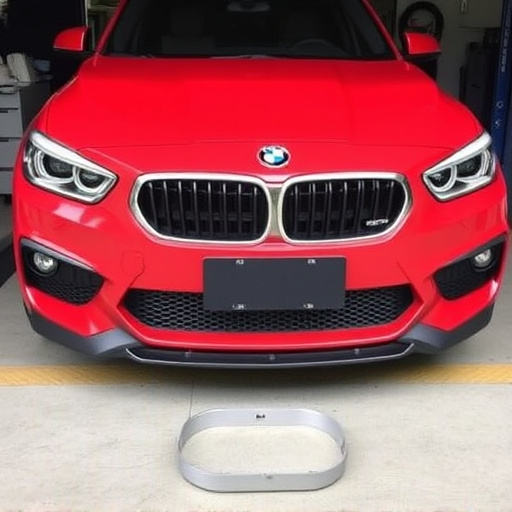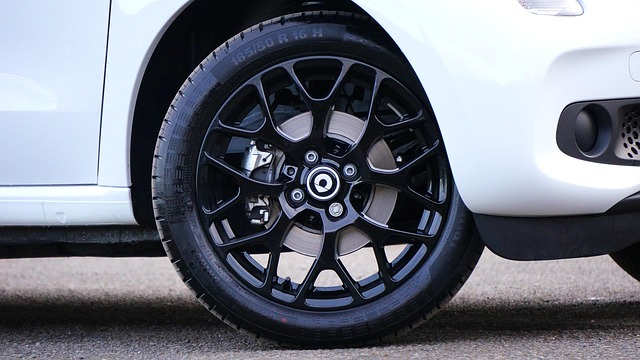Car owners often overlook hidden frame damage, believing visible issues are the sole concern. Experts stress that even minor deformities can compromise safety. Comprehensive vehicle frame inspections go beyond visual assessment, considering metal fatigue, corrosion, and previous repairs. Advanced scanning and 3D imaging technologies have revolutionized inspection precision, ensuring historical integrity in classic car restorations. Professional inspections and regular maintenance checks are crucial for early detection of subtle frame defects, preventing them from compromising vehicle integrity and safety systems.
Vehicle frame inspection is crucial for ensuring safety on the road. However, many myths surround this essential process. Today, experts debunk common misconceptions about frame inspections, clarifying what’s fact and what’s fiction. From understanding the role of technology in modern checks to recognizing signs indicating a need for professional assessment, this guide equips you with the knowledge to make informed decisions regarding your vehicle’s safety.
- Common Misconceptions About Frame Inspection
- The Role of Technology in Modern Checks
- Signs Indicating a Need for Professional Assessment
Common Misconceptions About Frame Inspection

Many car owners often overlook the significance of a vehicle frame inspection, which can lead to several misconceptions. One common myth is that only visibly damaged frames require attention. However, experts emphasize that even minor issues or hidden deformities in the frame structure can compromise the safety and integrity of a vehicle. A thorough inspection goes beyond visual checks, considering factors like metal fatigue, corrosion, and previous repair work, which could affect overall stability.
Additionally, there’s a belief that auto glass repair automatically ensures a sound frame. While auto glass is crucial for driver visibility, it only addresses a specific component. Car repair services should encompass a comprehensive vehicle frame inspection to identify potential risks associated with structural integrity, especially after accidents or long-term use. This is essential for ensuring the best outcomes in automotive restoration processes.
The Role of Technology in Modern Checks
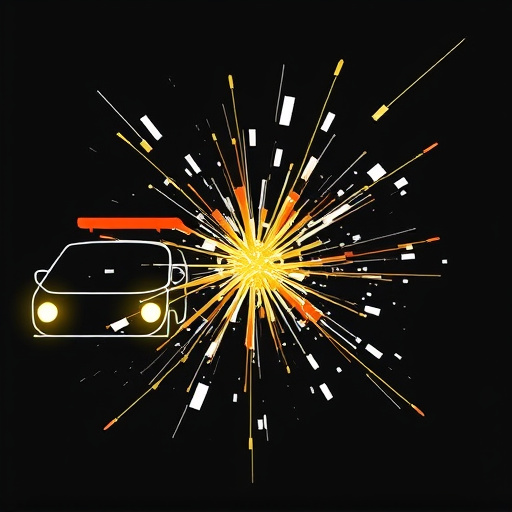
Modern vehicle frame inspection has seen a remarkable transformation thanks to technological advancements. Collision repair centers now employ sophisticated equipment and software that can accurately assess structural damage, even from a fender bender. These tools not only streamline the process but also provide a level of precision that was once unimaginable. By utilizing advanced scanning techniques and 3D imaging, experts are able to detect subtle misalignments and deformations that might be invisible to the naked eye. This is particularly beneficial for classic car restoration projects, where maintaining historical integrity requires meticulous attention to detail.
Furthermore, these technological innovations enable faster turnaround times and more efficient collision repair processes. Automated systems can quickly generate detailed reports, helping mechanics pinpoint areas needing repair or replacement. This data-driven approach ensures that every component of the vehicle frame is accurately evaluated, leading to better overall performance and safety standards.
Signs Indicating a Need for Professional Assessment

Many vehicle owners often attempt to self-diagnose issues with their cars, but when it comes to assessing a vehicle’s frame, a professional inspection is paramount. Ignoring potential red flags can lead to costly repairs or even safety hazards down the line. Some signs indicate that it’s time to seek expert help for a comprehensive vehicle frame inspection. For instance, noticeable misalignments, visible damage from accidents, or unusual noise during driving suggest underlying structural problems.
If your car has experienced significant impact, such as in an accident or hit by a debris, or if you notice uneven tire wear patterns, it might be indicative of misaligned or damaged frame components. In cases like these, a visit to a trusted car repair shop or body shop services is advisable. Automotive collision repair professionals are equipped to identify subtle frame defects that could compromise the vehicle’s integrity and safety systems. Regular maintenance checks can also help in early detection of such issues, preventing more severe problems from arising.
Vehicle frame inspection is an essential aspect of automotive maintenance, but it’s fraught with myths. Debunking these misconceptions is crucial for owners to understand the signs requiring professional assessment and the role technology plays in modern checks. By embracing evidence-based practices, drivers can ensure their vehicle’s structural integrity, promoting safety on the road. Remember, a thorough frame inspection is vital for identifying potential issues early, preventing costly repairs, and maintaining optimal vehicle performance.
